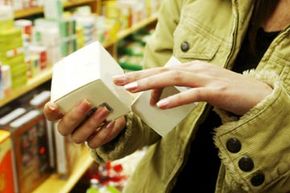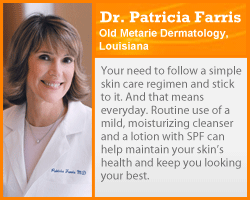Humans have been preserving foods and other perishable goods for as long as there have been ice and sunlight available to freeze or dry them out. Over time, more methods of preservation were developed: curing, pickling, fermenting and canning, to name a few.
Along this same timeline exists the history of cosmetics. Ancient people tried everything from arsenic to ox blood in their quest for cosmetic improvement, sometimes at great risk to their health. While the ingredient list for ancient makeup was much simpler to understand ("Contained within: one leech, for maximum paleness"), the contents of modern products can sometimes make you feel like you need a degree in chemistry to identify them.
Advertisement
Among the ingredients that frequently turn up on labels of products ranging from toothpaste to deodorant are parabens. Parabens are identified by a wide array of names, such as propylparaben and parahydroxybenzoate.
Chemically, parabens are esters. An ester is a compound formed from an alcohol and an organic acid (in the case of parabens, that acid is p-hydroxybenzoic acid). Despite the occasionally tongue-twisting titles that identify them, parabens of any name are simply preservatives. Without them, bacteria and fungi would begin growing in these products, spoiling them and possibly harming you. Parabens are relatively easy to produce and incorporate into products, making them an ideal way to lengthen the shelf life of a variety of consumer goods.
Daily, most of us consume or apply parabens without knowing it. Some of the products in which they can found are:
- Cosmetics, such as moisturizer, lipstick, foundation, concealer, eye makeup and makeup removers
- Hygienic products, such as soaps, shampoo, "anti-wrinkle" creams, toothpaste, topical ointments, deodorant, sunscreen, bandages and eye drops
- Household or industrial products such as textiles and glues
- Food products such as salad dressing, mayonnaise, mustard, processed vegetables, frozen dairy products, jelly, soft drinks and baked goods
Handy product, right? So why do some people believe parabens harm the endocrine system, create hormonal disruptions and cause cancer? Read on to find out.
Advertisement


